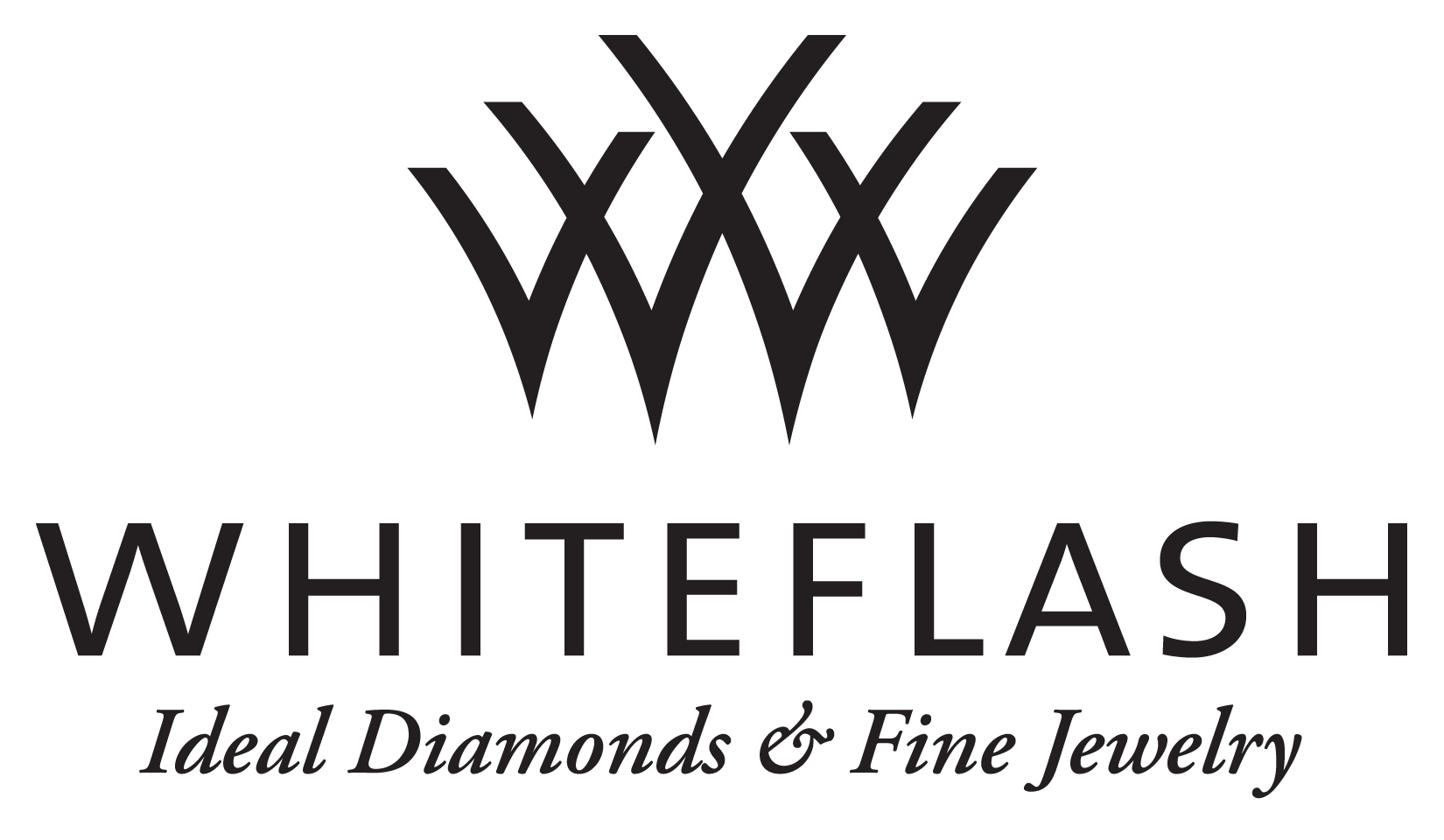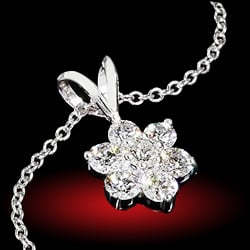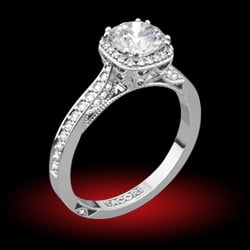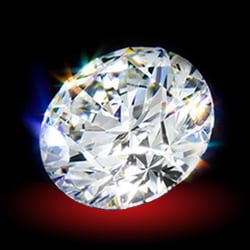confusedintoronto
Rough_Rock
- Joined
- Aug 12, 2014
- Messages
- 2
Just stumbled onto this forum few days ago while looking at engagement rings and I think you all do a fantastic job helping each other out. My question has probably been asked many times already. I've been looking at getting my girlfriend a pave style ring with a canadian GIA certified round diamond. My budget is around $5k. I have a jeweller offering me:
0.7 G Ex VS1 and a 0.7 D Ex VS2 for $100 more. They look great but I know I can get a 0.8 H colour Ex SI in that range as well.
I found out through that my girlfriend really liked this style from birks but it was a 1 carat HI colour I for $7000 which is over my budget. Should I consider the 0.7 or go bigger while compromising colour and clarity. The jeweller said this is the very best I can get and I want to make sure I won't regret it later if it is better to go bigger.
Thanks a ton
- So very confused.
0.7 G Ex VS1 and a 0.7 D Ex VS2 for $100 more. They look great but I know I can get a 0.8 H colour Ex SI in that range as well.
I found out through that my girlfriend really liked this style from birks but it was a 1 carat HI colour I for $7000 which is over my budget. Should I consider the 0.7 or go bigger while compromising colour and clarity. The jeweller said this is the very best I can get and I want to make sure I won't regret it later if it is better to go bigger.
Thanks a ton
- So very confused.







300x240.png)